Top 10 Most Functional Support Channels to Fit Your Support Strategy

Support channels define the customer support perspective within a business. There are a few support channels out there, and some are more suitable than others when it comes to different strategies or approaches.
What are customer service channels? How can companies evaluate their impact on support performance and business outcomes? In this article, we’ll start with some theory and explore each type of customer service channel. Then we'll analyze how to choose the best channel for your business.
What are customer support channels?
Customer support channels refer to all the different ways a customer can reach out to a business for feedback, troubleshooting, questions, ideas, or offers. Sometimes, support channels assist customers in other parts of the customer journey, such as discovery, purchase, or use, too.
Customer contact channels are tools of customer support. They aim to enhance the support process and ensure that buyers are satisfied throughout all interactions with a brand. High-quality support distinguishes companies among their competitors. Moreover, it helps in customer retention and gratification.
10 types of support channels
There are ten common support channels, encapsulating both digital and traditional approaches. Some of the customer service channels have been there since the beginning. Others are recent digital answers to shifting customer expectations and digitalization.
1. In-person Support
Walk-in support is the oldest way to support your customers in their product and service needs. It humanizes a company, creates personalized environments, with little doubt that customers are the center of businesses’ attention. The main downside of in-person is obvious. This channel fits only those companies that have physical locations and representatives.
2. Phone Support
A phone call is among the most widespread support options, still unmatched by others in terms of popularity and use. Voice communication is great for finding immediate answers, especially for the older or non-tech-savvy demographic. It’s accessible, enables human connection, and leaves little room for miscommunication.
3. Email Support
Emails are useful for busy individuals or troubleshooting that can’t be executed right away. It lacks the rapid response, yet allows flexibility for buyers. From personal experience, emails are perfect for longer explanations or instructions. However, their time-consuming nature often leaves customers wishing for faster issue resolution.
4. Live chat Support
Live chat takes the best of phone and email support, and combines them into one. In addition to immediate answers, live chats are convenient and quiet. From the business side, they are typically budget-friendly with lots of ready-made widgets. Moreover, live chats are a big hit among the youth, who prefer to never make a phone call.
5. Chatbots
Chatbots are among the customer channels examples, which are quite recent in comparison to others. Chatbot technology uses artificial intelligence, Machine Learning and natural language processing to imitate a human conversation and provide customers with a more personalized premade solution.
Frequently, AI chatbots are coupled with live chat agents. When the bot has hit a wall and can’t find a solution, a human support agent is connected to help. A good example of such a chatbot and live chat hybrid is SendPulse as their website live chat feature natively integrates with a chatbot and supports automatic human agent handoff.
6. Interactive voice response
IVRs sound more complex than they actually are. In fact, it’s likely that you’ve interacted with one when calling your bank or mobile service provider. Interactive voice response is a sort of a chatbot, but for a phone call conversation.
An automated voice on the other side of the line would ask to press different numbers according to a query, narrowing it down until a customer reaches a resolution that fits.
7. Social Media Support
Social media is another customer contact channel that has evolved very recently. Digital companies or creators decide to sell their products on social media marketplaces, or just find reaching their customers on the social networks easier. It can be both a marketing tool (think funny brand Twitter interactions) and a more personal support channel through private messaging.
8. Self-service Support
FAQ pages and knowledge bases are part of what is called a self-service customer support channel. They are ready answers for resolving most frequent queries, single question issues, or offering insight into product functionality. Even though data shows that the majority of users prefer communication with a representative, a self-service channel can considerably reduce the overall support load, and is quite popular because of it.
9. Forum Support
Forums are casual and low effort. They are great for communication among the community members, and also provide a splendid channel for support. If you ever used Adobe products, you probably came across their vast forums with questions and answers to every imaginable software question. Forum support is ideal for larger products with a vast user base.
10. Omni-channel support: pros & cons
One final approach to consider is multi-channel customer support. Unsure about the possibilities or, maybe, your brand has grown too big to be sustained by a single customer communication channel? Then, this might be the best option for you.
Multi-channel customer service is all about personalization, consistency, and comfort.
Frankly, most of the companies out there use multi-channel support. And we aren’t just talking about the big players, with video-assisted knowledge bases and smart AI bots. Think only – a self-service FAQ page, coupled with chat and email. Probably the most common support combination out there!
Why is it so popular? Multi-channel customer service allows customers to have a seamless, flow-like experience of a brand. Moreover, the convenience is unmatched for customers. Although all of your buyers use and enjoy your product, still, their liking might differ. Some of us prefer social media interactions. Others would rather have a live person explain everything over a call. Offering alternatives goes a long way in showing you care. For your support team, it might mean higher flexibility, efficiency, better data collecting.
Among the cons of multi-channel customer support, is a need for communication between teams. Moreover, a multi-channel solution might prove costly if there’s a mismatch between customer needs and the service provided.
How to choose the most essential channels for your product?
Some of the above look like a good idea, don’t they? However, there is still a decision to make.
To secure happy customers, offer channels that are the closest to what they use, or where they find your products. If it’s your website, offer a chatbot. If your customers find your store or service on social media, design your strategy around that. Maybe you’re focused only on state-based customers. Why not get a free phone number, so that they can reach you easily?
Another recommendation would be to explore industry standards. Producing corporate software and creating video games for kids require two different approaches to support. Who are your customers? How knowledgeable are they in their product needs? What do your competitors do?
But also think about what works for you. A whole dedicated department of a corporation and family-owned business will have different time frames and possibilities to connect with their buyers.
Finally, striking a balance between customer channel quantity and quality. Availability everywhere at all times is not essential to success. Some of the best support experiences we’ve had come from businesses that are, first and foremost, friendly, fun, helpful, and cool. Whether these qualities come from an email or an in-person interaction is secondary.
In conclusion
With plenty of options to choose from, you can create a successful support service using single- or multi-channel support. It’s a good idea to give customers a choice of at least two options (for instance, self-service and email, or chat and phone), though the final decision will depend on the business or industry distinctions.
Your customer base and your company needs will guide you in picking the right customer support channels. Consider, or even ask, what your customers like and want, and create a strategy deeply focused on them.
Don’t forget, channels are just tools for delivering the best customer support you can. While the careful analysis of your needs and choosing the right one is important, don’t underestimate the importance of qualified support specialists, a unified brand image, and quick resolution times.










.png)
.webp)

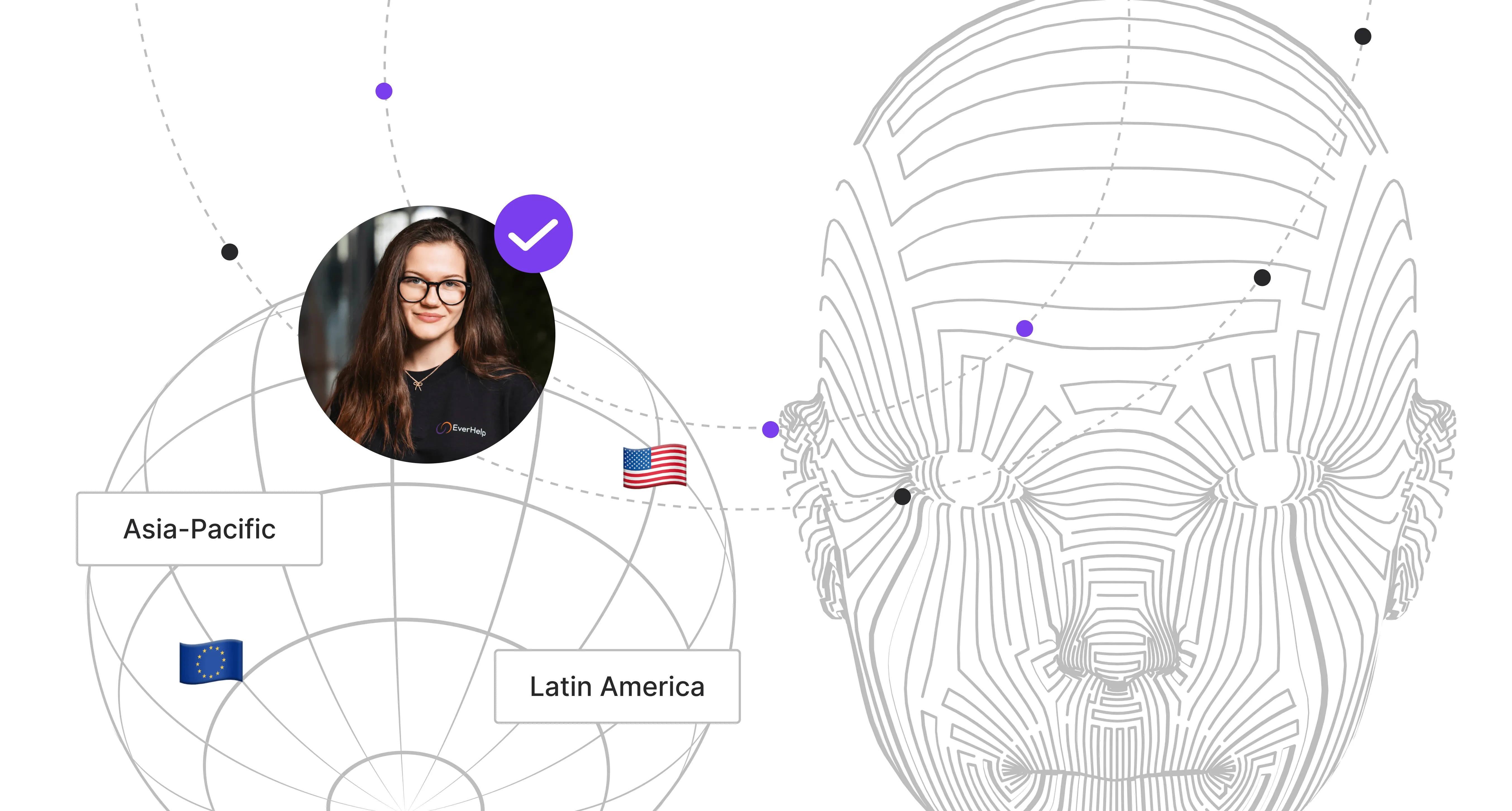
.webp)
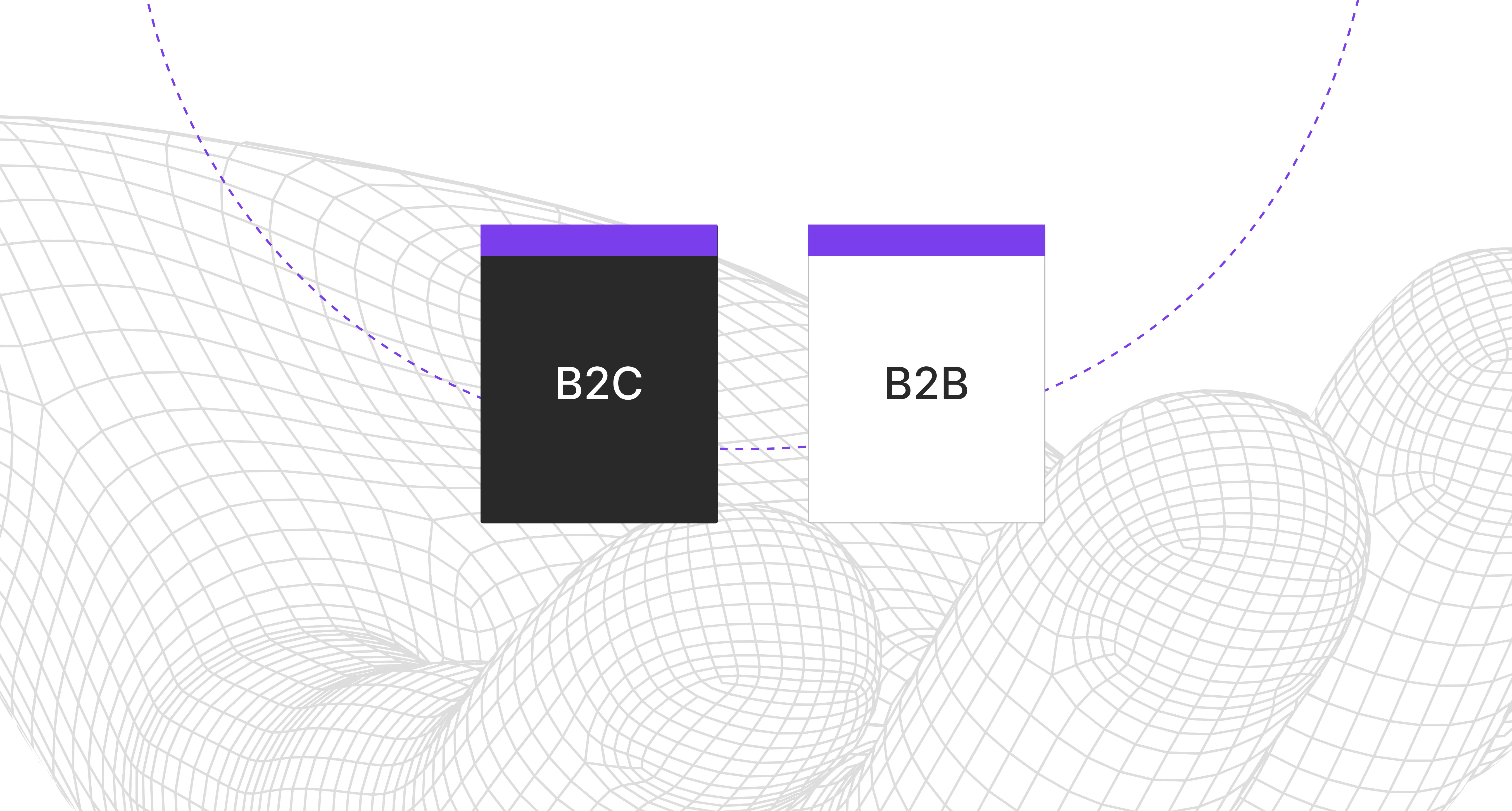


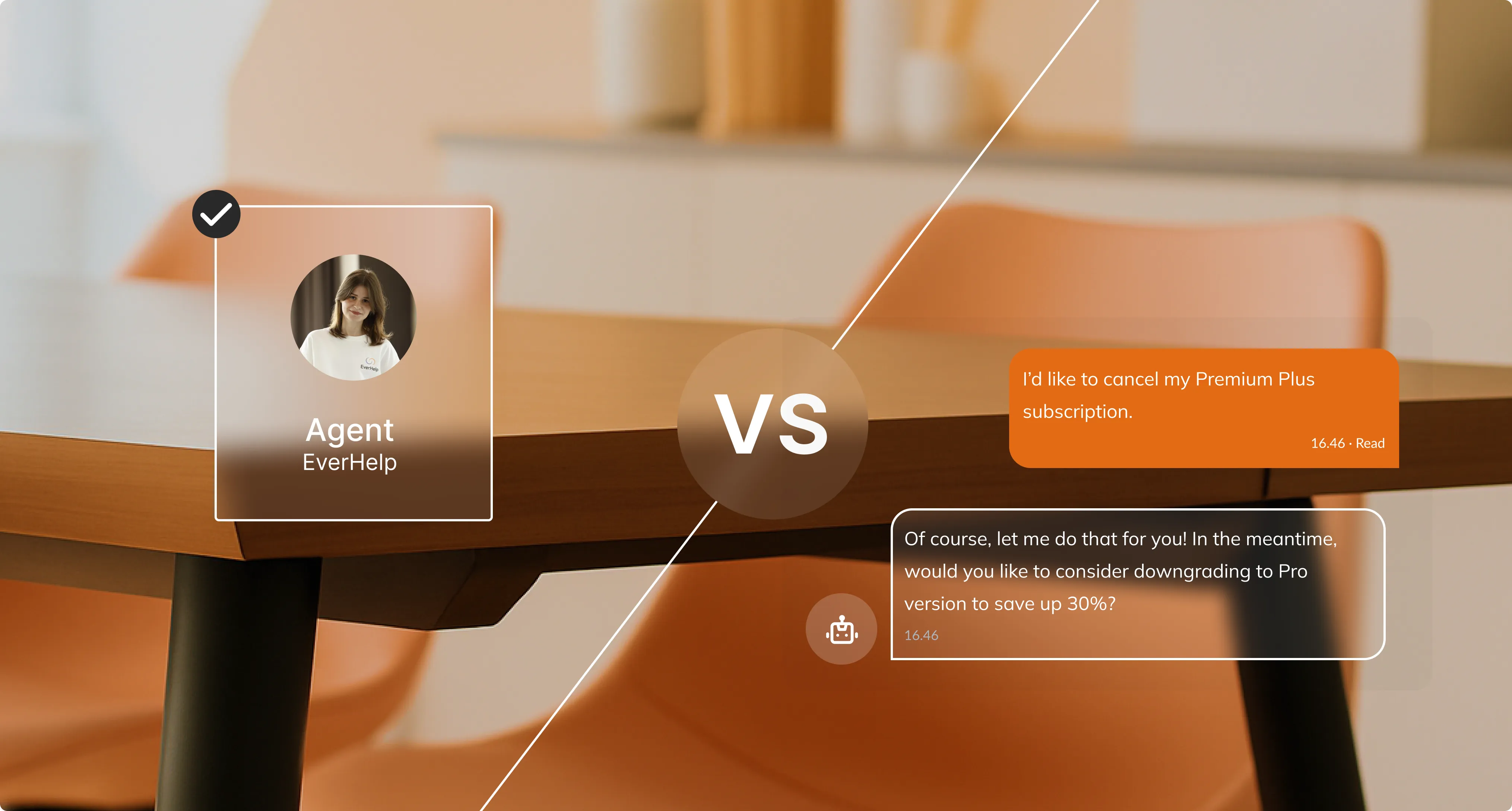
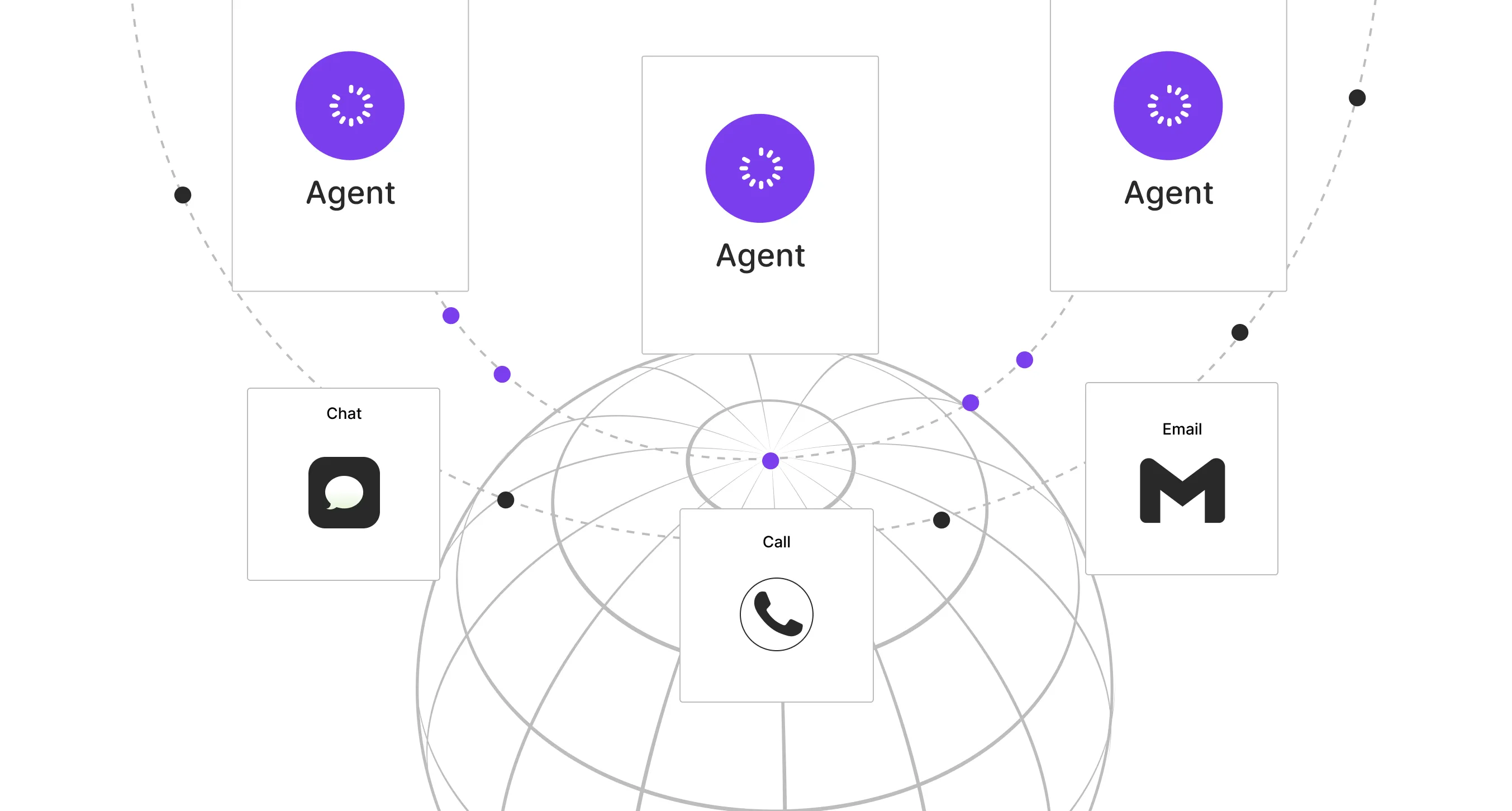
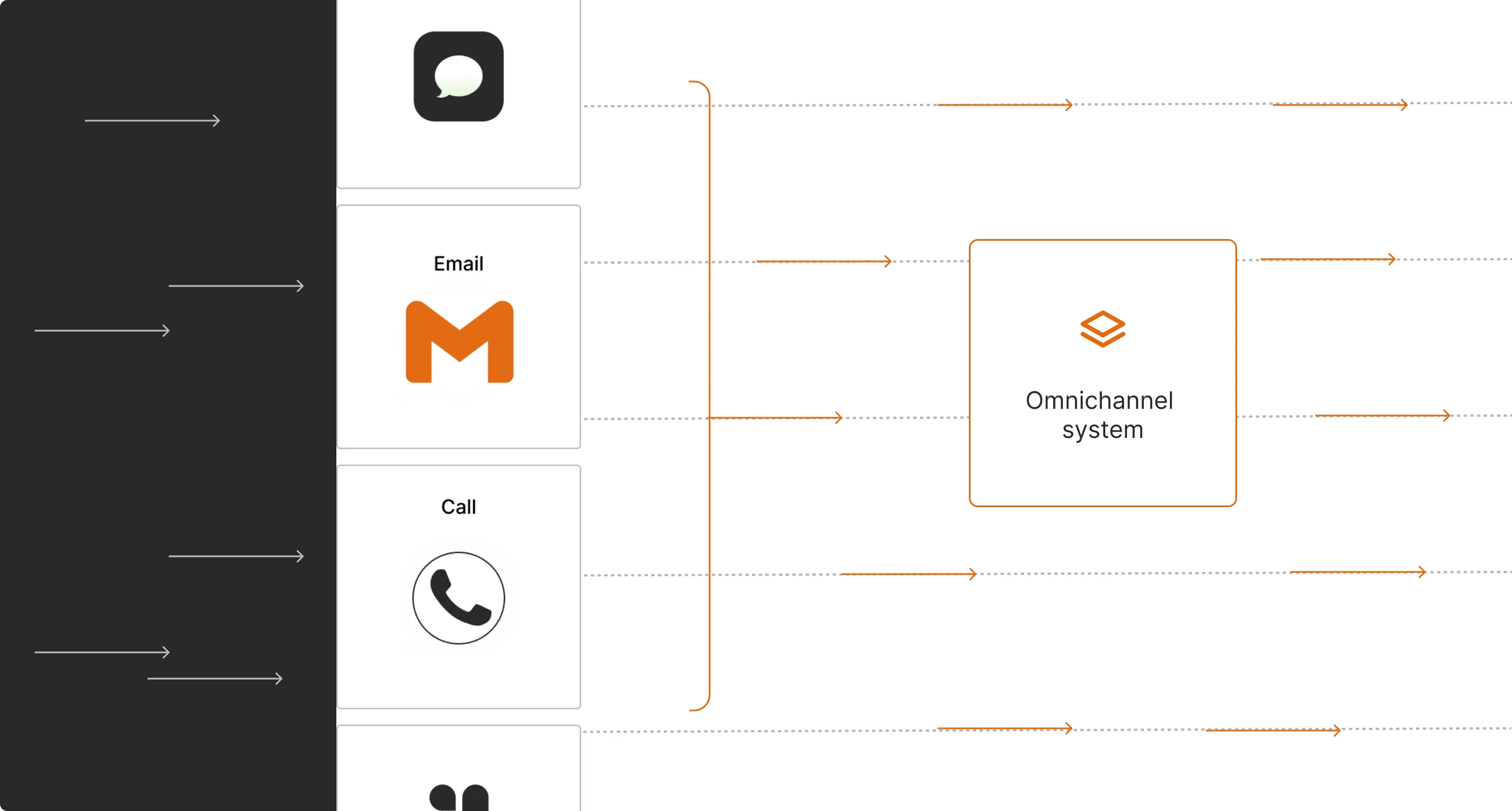










.webp)













